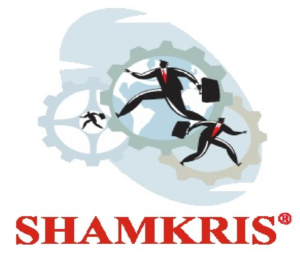Basic Metal & Fabricated Metal Products
Basic Metal & Fabricated Metal Products Industry
Basic metal production encompasses the activities of smelting or refining ferrous and precious as well as other non-ferrous metals from ore or scrap, using metallurgic techniques. It also comprises the production of metal alloys and super-alloys by adding certain chemical elements to pure metals.
Fabricated metal products are metal parts that are combined, shaped or otherwise processed to create a useful product. Fabrication is a blanket term for many metalworking processes; these include rolling, punching, stamping, sintering, welding, machining and many others. Fabrication is a secondary metalworking process.
The manufacture of basic metals and fabricated metal products consists of two main groups of activity – metallurgy (ferrous and non-ferrous) and the casting of metals. The industry as a whole is geographically concentrated. This applies particularly to ferrous metallurgy (Moravia-Silesia region).
Until recently the development in the industry had been influenced by a robust demand on the part of the car industry, mechanical engineering and construction. Employers therefore faced difficulties related to insufficient generational replacement of human resources. There has been a slump in interest in studying the relevant disciplines, and even in the ongoing period of economic crisis occupations such as casters and founders remain to be in short supply.
Basic Metal & Fabricated Metal Products
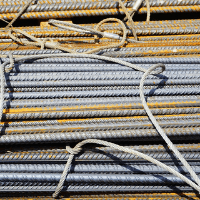
Manufacture of basic iron and steel and of ferro-alloys
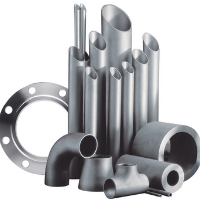
Manufacture of tubes, pipes, hollow profiles and related fittings, of steel
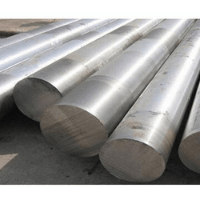
Cold drawing of bars
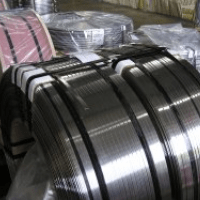
Cold rolling of narrow strip

Cold forming or folding
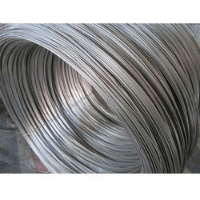
Cold drawing of wire
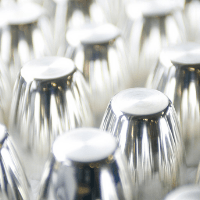
Precious metals production

Aluminium production
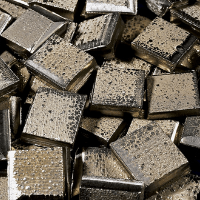
Lead, zinc and tin production
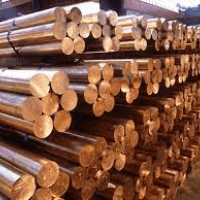
Copper production
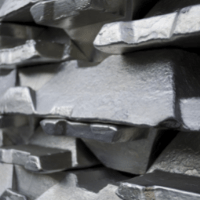
Other non-ferrous metal production
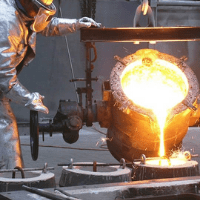
Casting of iron
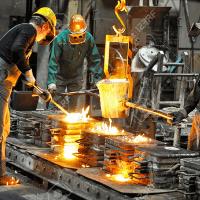
Casting of steel
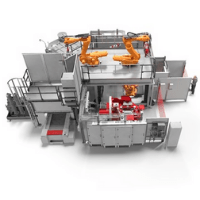
Casting of light metals
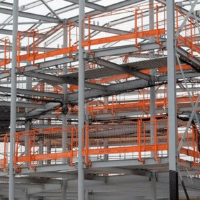
Manufacture of metal structures and parts of structures
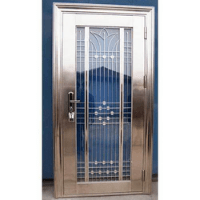
Manufacture of doors and windows of metal

Manufacture of central heating radiators and boilers
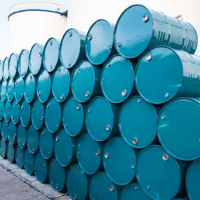
Manufacture of other tanks, reservoirs and containers of metal
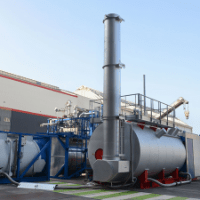
Manufacture of steam generators, except central heating hot water boilers
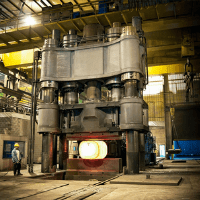
Forging, pressing, stamping and roll-forming of metal; powder metallurgy
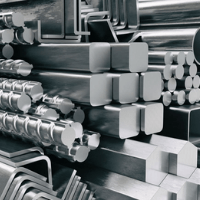
Treatment and coating of metals
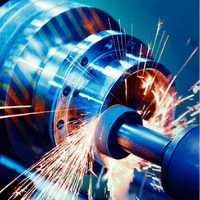
Machining
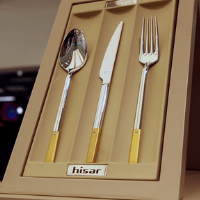
Manufacture of cutlery
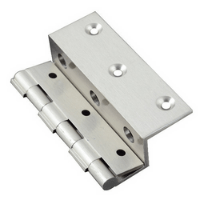
Manufacture of locks and hinges
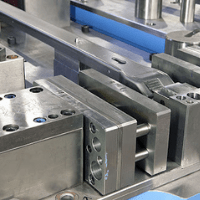
Manufacture of tools

Manufacture of steel drums and similar containers
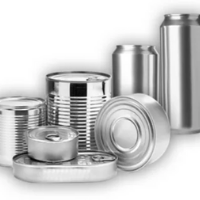
Manufacture of light metal packaging
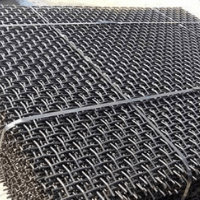
Manufacture of wire products, chain and springs
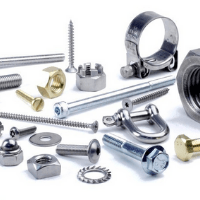
Manufacture of fasteners and screw machine products
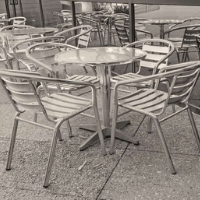
Manufacture of other fabricated metal products n.e.c.
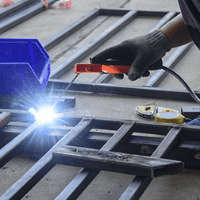
Repair of fabricated metal products
Role of Shamkris
A Project Report is a document that provides details on the overall picture of the proposed business. The project report gives an account of the project proposal to ascertain the prospects of the proposed plan/activity.
Shamkris will provide a Project report covering Industry License requirements, competitor analysis, Land requirements, machinery requirements, equipment requirements, and financial requirements.
Some of the areas covered in the project report are outlined below:
- Introduction
- Project Description
- Uses and Applications
- Market Survey
- Raw Materials
- Manufacturing Process
- Process Description
- Process Flow Diagram
- Plant Layout
- Details of Plant & Machinery
- Suppliers of Raw Materials
- Suppliers of Plant & Machinery
- Plant Location Factors
- Land & building Required
- Power and Water Required
- Details of Manpower Required
- Financials of the Project
- License and application Certificate
Financials of the Project includes:
- Land and Building Costs
- Plant and Machinery Costs
- Other Fixed Assets
- Fixed Capital Investment
- Raw Material Costs
- Salaries and Wages
- Total Working Capital
- Cost of Project
- Total Capital Investment
- Cost of Production
- Turnover per Annum
- Profitability Analysis
- 5-year Profit Analysis
- Break-even Point
- Resources of Finance
- Cash Flow Statement
- Projected Balance Sheet
FAQ
Some examples of products made with metal fabrication include: Hand tools. Bolts, nuts, and screws. Cans.
Simply put, Metal fabrication is a manufacturing process used to shape metal into parts or end products. CAMM Metals uses a wide variety of techniques to shape sheet metal into a part or good. Many metal fabricators use sheet metal, which can be up to . 25 inches thick.
There are three main types of metals ferrous metals, non ferrous metals and alloys. Ferrous metals are metals that consist mostly of iron and small amounts of other elements. Ferrous metals are prone to rusting if exposed to moisture.
